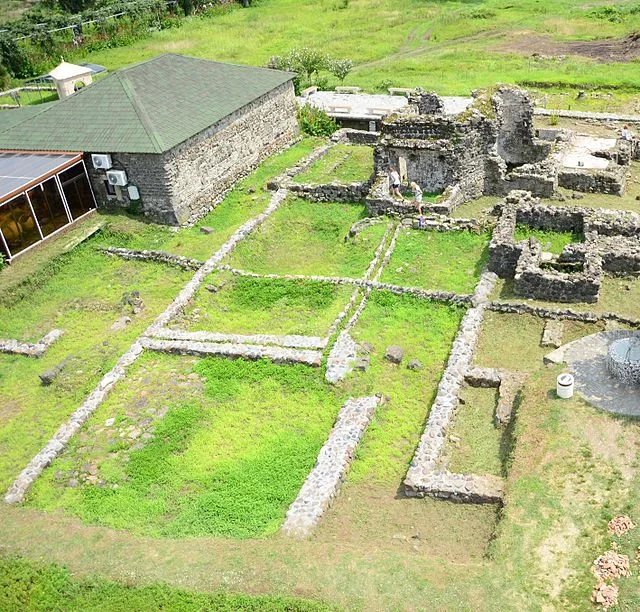Gonio Fortress, located near the Black Sea in Georgia, is a significant archaeological and historical site. It lies approximately 15 kilometers south of Batumi, in the Adjara region. The fortress is often linked to ancient history, particularly during the Roman and Byzantine periods.
Get your dose of History via Email
Historical Background
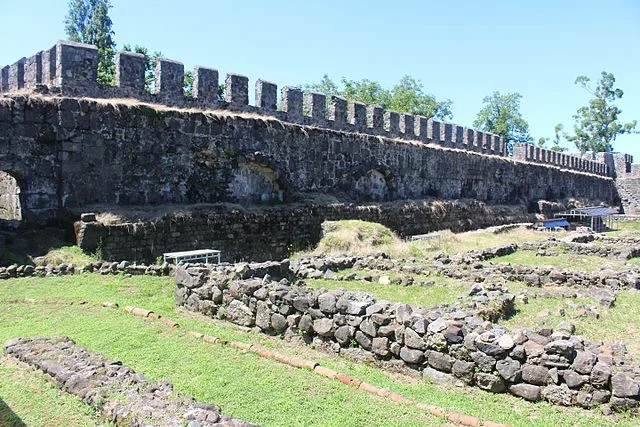
Gonio Fortress dates back to at least the 1st century AD. Historical records suggest that it served as a key military outpost. The site is associated with the ancient Greek city of Apsaros, which had strategic importance in the region.
The fortress underwent various modifications over the centuries. The Romans expanded its defenses in the 2nd century AD. Later, the Byzantines further fortified the structure during their rule. The fortress played a crucial role in protecting trade routes and the coastal area.
Architectural Features
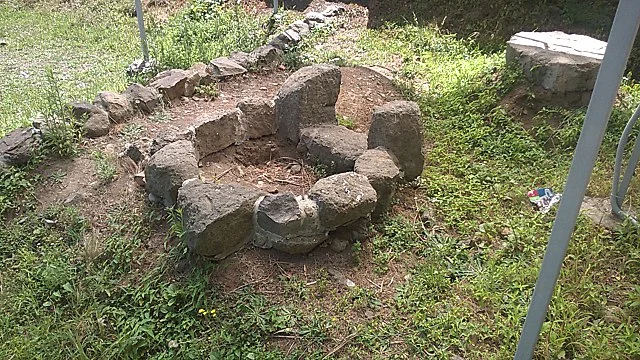
Gonio Fortress is known for its impressive walls and towers. The fortress walls are constructed from large stones, showcasing advanced engineering techniques of the time. The walls measure up to 2.5 meters thick in some sections.
The site features several towers, which served as lookout points and defensive structures. Archaeological excavations have revealed remains of ancient buildings, including a basilica and residential quarters. These findings provide insights into the lifestyle and culture of its inhabitants.
Archaeological Significance
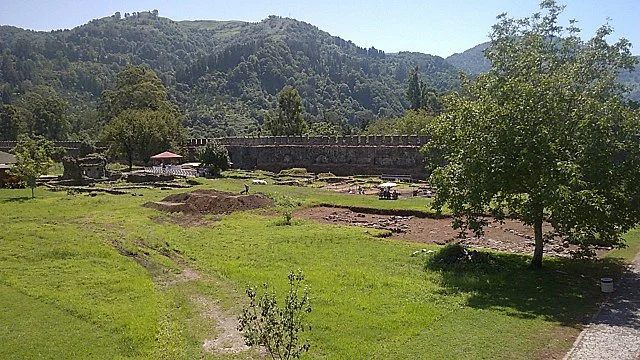
Archaeological excavations at Gonio Fortress have uncovered numerous artifacts. These include pottery, coins, and tools from various periods. The discovery of a Roman-era necropolis nearby highlights the area’s historical significance.
The site is also important for studying ancient trade networks. Archaeologists have found evidence of trade links between the region and other parts of the Mediterranean. This indicates that Gonio played a vital role in the economic activities of its time.
Cultural Heritage
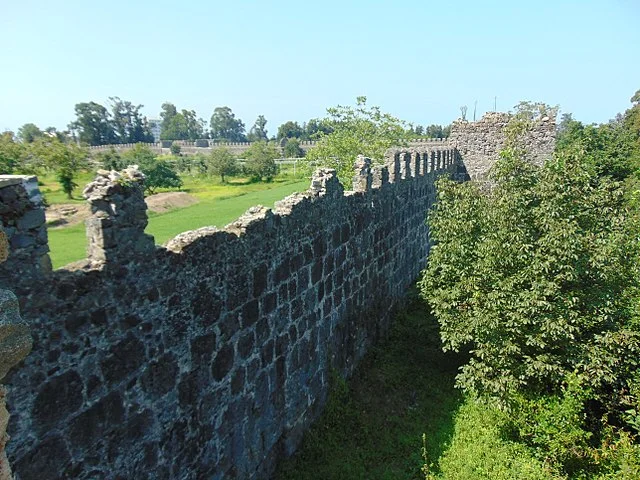
Gonio Fortress is recognized as a cultural heritage site in Georgia. It attracts tourists and historians alike. The site offers a glimpse into the region’s rich history and architectural achievements.
Local authorities have undertaken preservation efforts to maintain the site. These initiatives aim to protect the fortress from natural degradation and human activities. Additionally, educational programs help raise awareness about its historical significance.
Conclusion
Gonio Fortress stands as a testament to Georgia’s rich historical and cultural heritage. Its strategic location and architectural features make it a significant site for research and tourism. Ongoing archaeological work continues to reveal new insights into its past. The fortress not only preserves the legacy of ancient civilizations but also contributes to our understanding of the region’s history.
Source:

